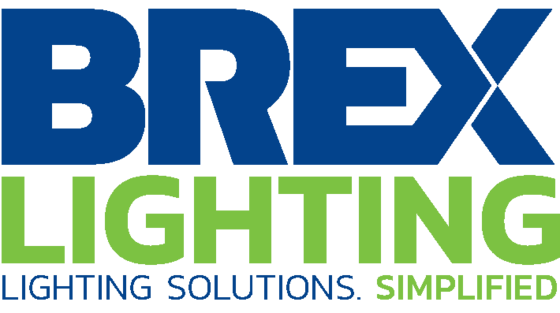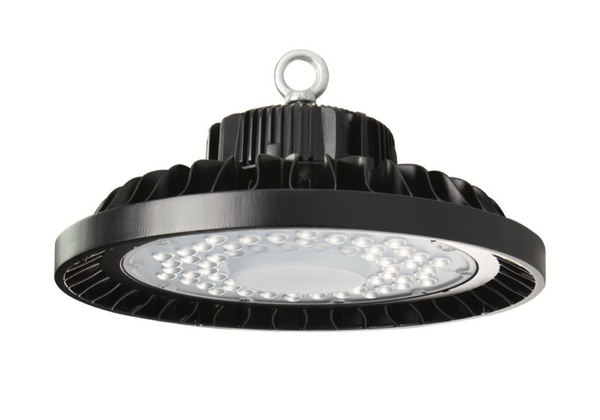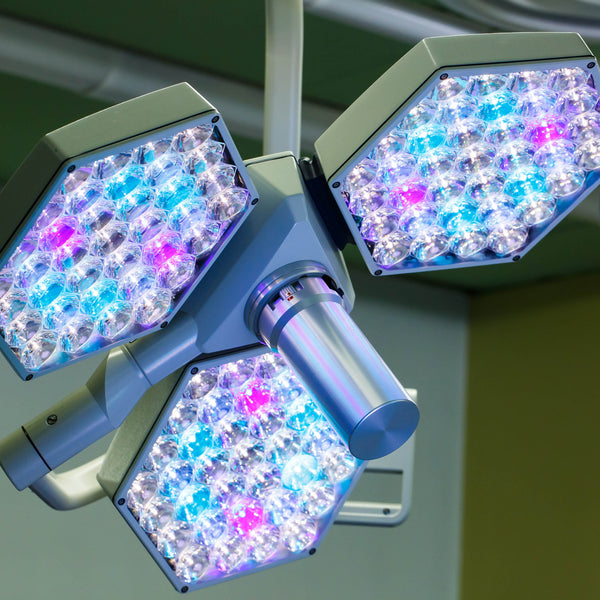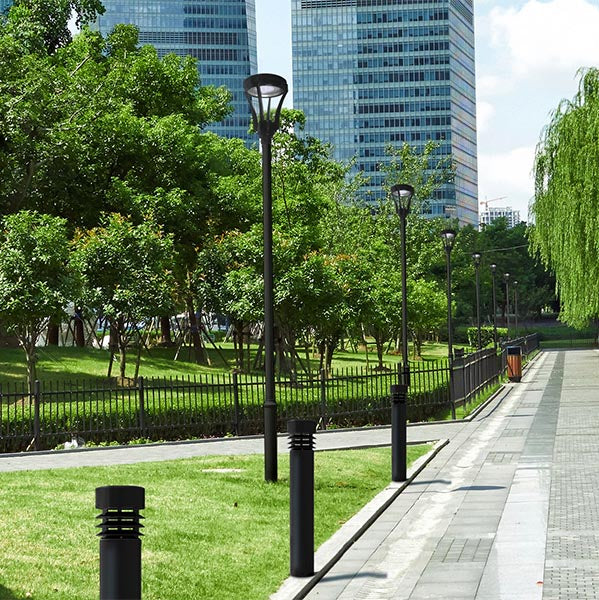How Lighting is Affecting Worker Productivity

Have you ever noticed how your head starts to feel heavy and a headache creeps in when you’ve been working or reading in inadequate light for too long? Trying to read or see clearly in dim lighting puts a lot more pressure on our eyes. Straining our eyes over a period of time can cause damage to them and also have significant adverse effects on our overall health.
When it comes to work places, our work environment plays a big role in our productivity levels. Physical comfort is after all a primary contributor to keeping workers feeling motivated and energized at work. A brightly lit workspace with the air-conditioning set at a comfortable temperature is likely to make employees feel more productive and raring to go. Office space that has dim lighting and is either too cold or too warm, on the other hand, is very likely to make employees feel sleepy and lethargic.
Companies have started taking notice of the correlation between their employees’ physical comfort at the workplace and their overall productivity levels. Organizations these days put a great deal of thought and innovation into office ergonomics to ensure that their office spaces are comfortable and optimized to boost employee comfort.
Lighting ergonomics is one of the key factors involved in making any work space more efficient. Be it an industrial setup or an office space, proper lighting is critical to comfort and reduction of stress. Inadequate lighting can cause eye strain, but on the other hand, adequately bright but poorly placed lighting can result in glare that also triggers eye strain. This is particularly relevant for employees who spend long hours at their desks in front of computer screens.
For people with desk jobs, eye fatigue is a common occupational hazard that can be made far worse by poor lighting choices, triggering symptoms such as frequent headaches and lower energy levels. All of these factors hinder a worker’s productivity.
Poor lighting can also be detrimental to worker safety. For instance, in an industrial setting where operating heavy machinery is a part of the job profile, bad lighting can affect visibility and cause serious accidents.
The search for more energy efficient lighting options brought about innovations in the space in the form of CFL and LED lighting. The debate around which of the two options is better has been around for a while as well. It is a known fact that CFL lights contain mercury which makes them comparatively unsafe to other forms of lighting. The fluorescent light emitted by CFLs can cause a number of health issues for people who spend extended periods of time in the light. Headaches, migraines, higher levels of anxiety, sleep problems and reduced concentration are just some of the known health problems associated with CFLs. All these issues can severely impact a worker’s productivity at the workplace. After all, how can one be expected to give their hundred percent to any task when they are not feeling their best physically.
Our eyes are adapted to work best in natural sunlight. The goal of any artificial lighting system, therefore, is to approximate the characteristics of sunlight as much as possible, while also allowing adjustments in brightness and placement. LED light is currently our best option that mimics natural sunlight and is the closest to daylight in terms of light quality.
LEDs allow easy adjustment of brightness, making them suitable for a variety of settings with the aim of ensuring consistent lighting levels. These characteristics of LEDs make them a natural fit for minimizing ergonomic strains. LEDs also score highly by having little to no hazardous and toxic components. This prevents employees from being exposed to substances that would otherwise degrade their health in the long term. Better employee health directly translates into higher productivity.
The high energy efficiency of LEDs results in significant cost savings, thereby allowing companies to redirect more of their budget to other office ergonomic measures. This has a knock-on effect of boosting employee safety and comfort in ways not directly related to lighting as well.
A simple change in lighting systems can create a more conducive work environment for employees of an organization, paving the way for long-term growth and success.



